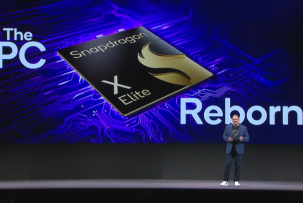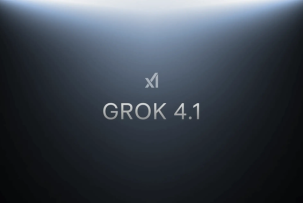Power Shortage in the US Threatens to Slow Nvidia's Growth
12:51, 04.09.2025
Nvidia continues to break records: in the last quarter, its revenue reached $47 billion. Nearly 60% of its income comes from the new generation of Blackwell accelerators and GB superchips, which are in high demand. However, rapid sales growth is accompanied by equally rapid growth in energy consumption.
Data Centers Under Load
While a standard server rack requires about 12 kW, training large AI models in data centers consumes 6-7 times more. The latest Nvidia modules based on 72 Blackwell chips generate a load of up to 132 kW per rack, and up to 160 kW with cooling systems. This changes the balance of energy consumption across the entire industry.
The Economist estimates that by early 2026, 6 million Blackwell accelerators and 5.5 million GB chips will be released, half of which will remain in the US. This alone will add about 25 GW to national electricity demand. For comparison, in 2023, energy companies commissioned approximately the same amount of capacity across the country.
The Energy Sector is Falling Behind
Energy companies have already increased their investments in infrastructure development, with spending up 30% since 2022 to $188 billion. But in practice, only 21 GW of the planned 123 GW of new capacity is being built. This is significantly less than what is needed to meet the demands of the AI industry.
Technology is Running into Energy Constraints
Experts at The Economist note that for the first time, the development of artificial intelligence may be limited not by the level of technology or the availability of chips, but by the capabilities of the energy infrastructure. For Nvidia, this is becoming one of the main risks on the horizon in the coming years.


